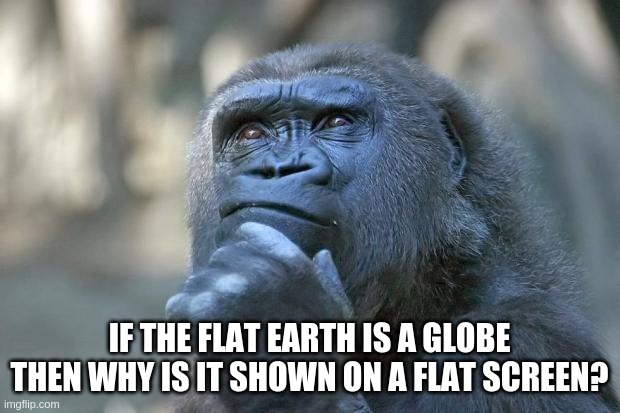

Despite plenty of publicity, the space race eroded Shenton’s support in Britain until 1967, when he started to become famous due to the Apollo program.

This was just before the Soviet Union launched the first artificial satellite, Sputnik he responded, “Would sailing round the Isle of Wight prove that it was spherical? It is just the same for those satellites.” His primary aim was to reach children before they were convinced about a spherical Earth.

The International Flat Earth Research Society (IFERS), better known as the Flat Earth Society, was set up by Samuel Shenton in 1956, in Dover, UK, as a direct descendant of the Universal Zetetic Society. Despite the scientific fact of Earth’s sphericity, pseudoscientific flat Earth conspiracy theories are espoused by modern flat Earth societies and, increasingly, by unaffiliated individuals using social media. Knowledge of the spherical Earth gradually began to spread beyond the Hellenistic world from then on. In the early fourth century BC Plato wrote about a spherical Earth, and by about 330 BC his former student Aristotle provided evidence for the spherical shape of the Earth on empirical grounds. The idea of a spherical Earth appeared in Greek philosophy with Pythagoras (6th century BC), although most pre-Socratics retained the flat Earth model. Many ancient cultures subscribed to a flat Earth cosmography, including Greece until the classical period, the Bronze Age and Iron Age civilizations of the Near East until the Hellenistic period, India until the Gupta period (early centuries AD), and China until the 17th century. The flat Earth model is an archaic conception of Earth’s shape as a plane or disk.


 0 kommentar(er)
0 kommentar(er)
